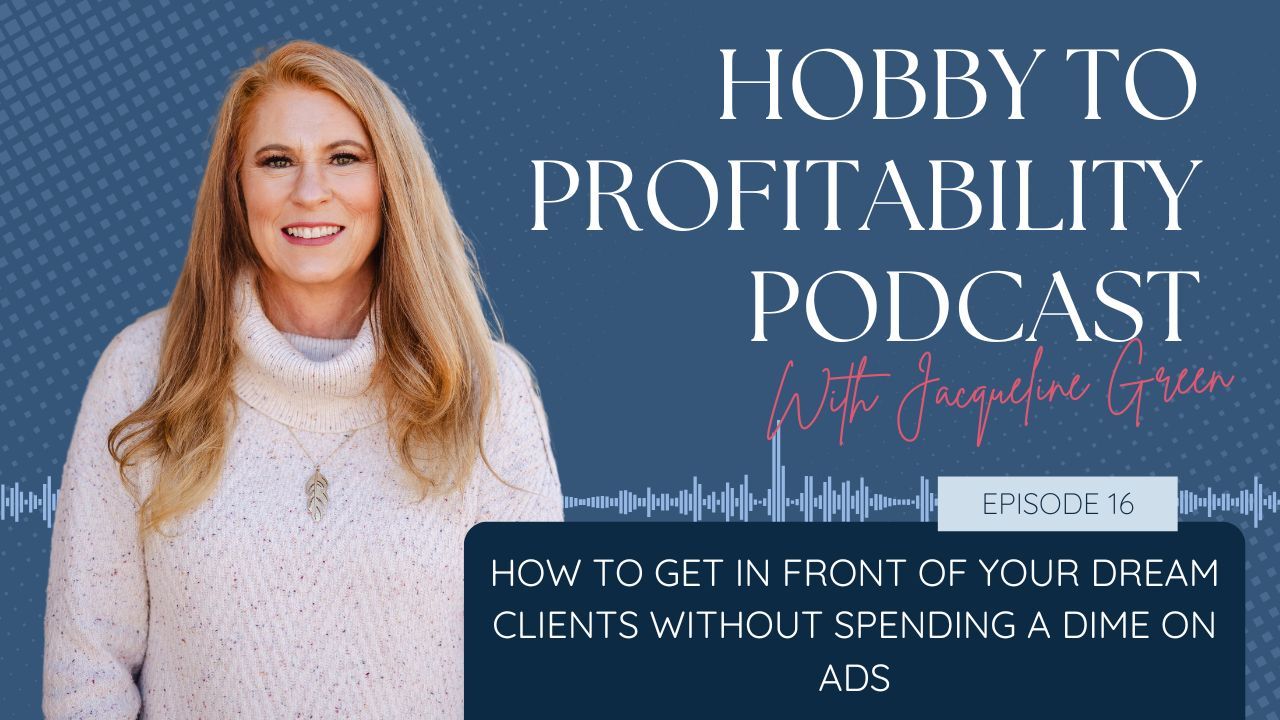Why You Should Consider Pinterest to Market Your Design Services
May 31, 2023
Interior designers want to get the most out of their social media and advertising efforts. Many designers turn to the standard fallbacks of Instagram and Facebook. But are those really the most effective platforms for advertising your business?
You might be surprised to learn that Pinterest is the most effective way to market your interior design services.
Pinterest users are often the ideal demographic for services by an interior designer. That’s one reason it can be more effective at generating leads, finding clients, and driving business than the alternatives.
Let’s take a closer look at how Pinterest compares to other social media and why you should start marketing here.
What Is Pinterest All About?
Whether you are new to social media or a seasoned professional, chances are you have heard about how beneficial Pinterest can be for your growing business. It can be more effective than other social media platforms, particularly Instagram. One of the reasons Pinterest is much more effective for interior designers relates to the demographics found on the platform.
This social media giant consists of 77.1 percent female users. More than 49 percent of them have annual incomes over $100,000 with high levels of education. Perhaps even more importantly, two-thirds of users first turn to Pinterest to look for services they can trust and to find new ideas.
This positions the target audience uniquely able to afford and appreciate the services that your budding business has to offer.
Pinterest is more than just a social media giant, though. It is also a large search engine that users can use to find things they are interested in presented in a compelling, visual way.
It is a prime social platform for those who can buy and seek out professional services, yet many interior designers seem to be forgetting about it.
It may be even more effective than platforms like Instagram due to the demographics that you find on Pinterest. Instagram is used primarily by those in the 18 to 24 age bracket, which is then closely followed by the 25 to 34 age bracket. After this, the use of Instagram drops off rather dramatically.
On the other hand, Pinterest is used primarily by those who are a bit older. Most of their search traffic comes from individuals aged 30 to 49 and 50 to 64 age brackets. This is often the ideal client for many interior designers, as they can both afford your services and appreciate the level of expertise that you bring to the table.
Views vs. Followers
There are two important metrics that you might look at when evaluating how effective your Pinterest marketing strategy is.
The two most significant figures to consider are the number of monthly views and followers. What is the difference between these two metrics, and how do they apply to your interior design business?
Monthly views indicate the number of times that any of the “pins” you created showed up in the feed for a potential client. It does not necessarily mean that someone clicks on your pin for more information or even heads back to your main boards.
Of course, one of the downfalls to monthly views is that it includes both your original content and any pins that you may have shared from a fellow interior designer.
Most people classify the number of monthly views more as a vanity metric than anything else. However, if you want to know how well you are doing with Pinterest, it is more important to look at the number of followers.
A follower is someone who has selected to follow your page. In other words, they have taken deliberate action to see more of your latest work show up in their home feed.
Unlike monthly views, many of the followers you receive have interacted with your material. For example, they may have headed over to your website, saved your pin to their own boards, or contacted you for more information.
Followers are a key part of growing your interior design business online. If you only have the time to track one metric on Pinterest, followers are the metric you should focus on. Though the number of followers likely pales compared to the number of monthly views, don’t let this discourage you.
Your follower count consists of people interested in your brand and what you have to share. Therefore, they represent a qualified audience interested in what you have to offer.
As your follower count grows, you will likely see an uptick in the number of leads you generate, sales you convert, and people who are just genuinely interested in your style and approach to design.
Pinterest Marketing for Interior Designers
Now that you know which platform is right for promoting your design services, it is time to take a closer look at how to develop your Pinterest marketing strategy. These tips will help you take the first steps toward unlocking an entirely new clientele, both near and far.
Devising Your Pinterest Marketing Plan with SEO
Setting up your Pinterest account is the first step toward making a solid Pinterest marketing strategy for your design services. Make sure that you enroll as a business rather than a personal account, as this can help promote greater brand awareness and introduce users to your sales funnel.
While many potential clients on Pinterest, they might not be ready to pay for your expertise just yet. This is where a marketing strategy can come into play.
Keep in mind that search engine optimization matters just as much on Pinterest as it does on your website's landing pages. Because it is primarily a search engine for home décor, design inspiration, and DIY projects, you want to make sure that the people searching for your services can find you.
This means that you may need to include some keywords in your business account name, description, and pins. First, determine which keywords you want to rank for and then adjust your profile accordingly.
You can also include a few hashtags to help clients find your pins in the search engine. But be cautious here. Too many hashtags can start to look a bit like spam, while a few well-placed ones can help you get better results.
Be Consistent
As with any social media platform, consistency is essential. Once you have a Pinterest marketing plan set up, you need to stick to your strategy.
Fortunately, there are lots of available tools you can use to pin consistently without being chained to your computer, phone, or tablet. If you want to manage your pins consistently, you can sign up for services such as Tailwind.
Tailwind and other social media schedulers allow you to design your pins and schedule them to post at the ideal time when your clients will be able to see them.
This means that you can set pins to go live in the evening hours when many people are browsing aimlessly on their phones before bed, and you don’t have to be in front of your computer screen to monitor activity.
Be Original
It should go without saying that you want to be as original and authentic as possible when making pins for your account.
While you may have been inspired by someone else’s style, you should make every attempt to use your own photography and ideas to create pins. If you have to borrow an image from another source, make sure to give credit where it is due.
This is also a clear way to advertise the services that you offer. You don’t want potential clients to look at another designer’s work when they could be viewing your own. This allows you to build a representative portfolio of your work that will entice new clients to work with you.
Stay Organized
Within the Pinterest platform, interior designers have the option to create multiple boards where they can pin their ideas and images. When your viewers find something they like, they may travel back to your board to get more ideas or inspiration from you.
You don’t want your boards to be messy and disorganized when a client tries to connect with you.
Stay on top of keeping your boards organized so that it is easy for clients to find the specific ideas that appeal to them. You can consider organizing your pins in creative ways such as:
- Ideas for specific rooms
- Specific design styles (modern, contemporary, or farmhouse chic)
- By color palette
- By material samples
No matter how you organize your images, make sure that the system will make sense to your viewers.
Consider Advertising
As with any social media platform, Pinterest also allows you to create advertisements for the pins you make. People who search Pinterest are often in the market for services. In fact, 83 percent of pinners in the United States have purchased based on pins from a brand.
When it comes to Pinterest for interior designers, advertising can play a key role in four distinct areas:
- Brand awareness
- Customer consideration
- Sales conversions
- Offline sales
Pinterest boasts that their cost per conversion within ads is 2.3 times more effective than those found on other social media platforms. Because they are a visual-first platform, having high-quality pins is ideal. You can advertise your services in a standard pin, a video, a carousel, and several other styles.
Make sure you know your typical buyer before you embark on making advertisements. A buyer persona can help you acquire more design clients you will love to work with.
Growing as Interior Designer on Pinterest
Pinterest marketing for interior designers is not a new source of advertising, but many designers are not taking full advantage of this visual search engine.
Embracing Pinterest can make a huge difference in the number of people who view your work, and the demographics on the platform mean you’ll likely find your ideal clients among its users. This is especially true when comparing Pinterest to other social media platforms like Instagram.
If you are interested in learning more about how Pinterest can promote your business, you need to connect with Behind the Design. Our goal is to build a stronger interior design community through training, education, and ongoing support. Join our community for more business and career advice today!
Sign Up for Our Monthly Newsletter
Get helpful career, business, and design tips right in your inbox each month.
At Behind the Design, we are committed to building a stronger design community by reimagining education, training, and support for interior designers. Through our various software training options, educational articles covering everything from leadership to marketing, and soon Continuing educational courses, we are committed to helping you. Join our newsletter to get the latest education and training updates.









